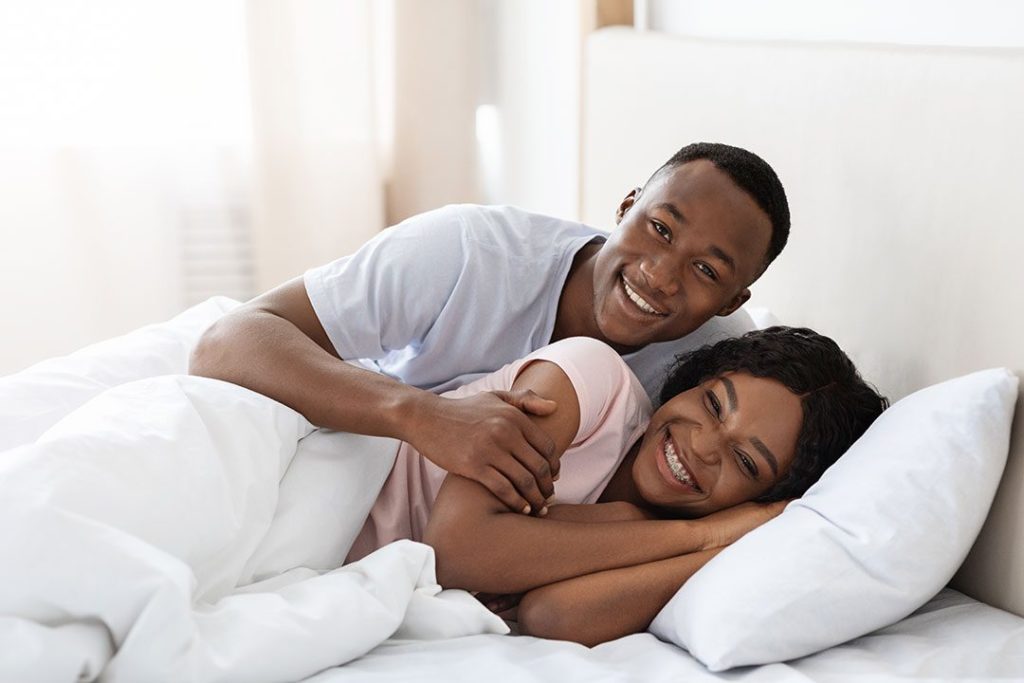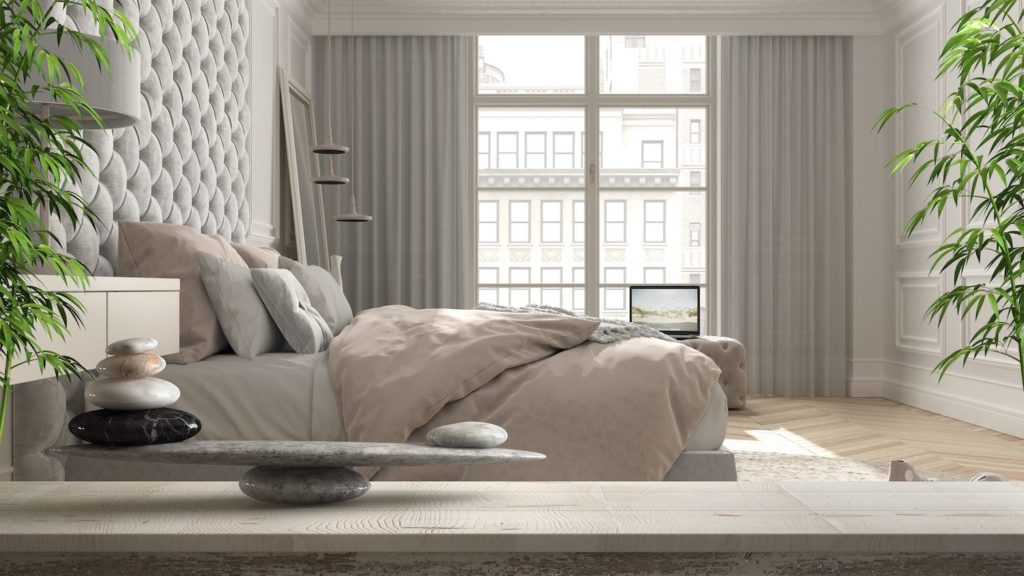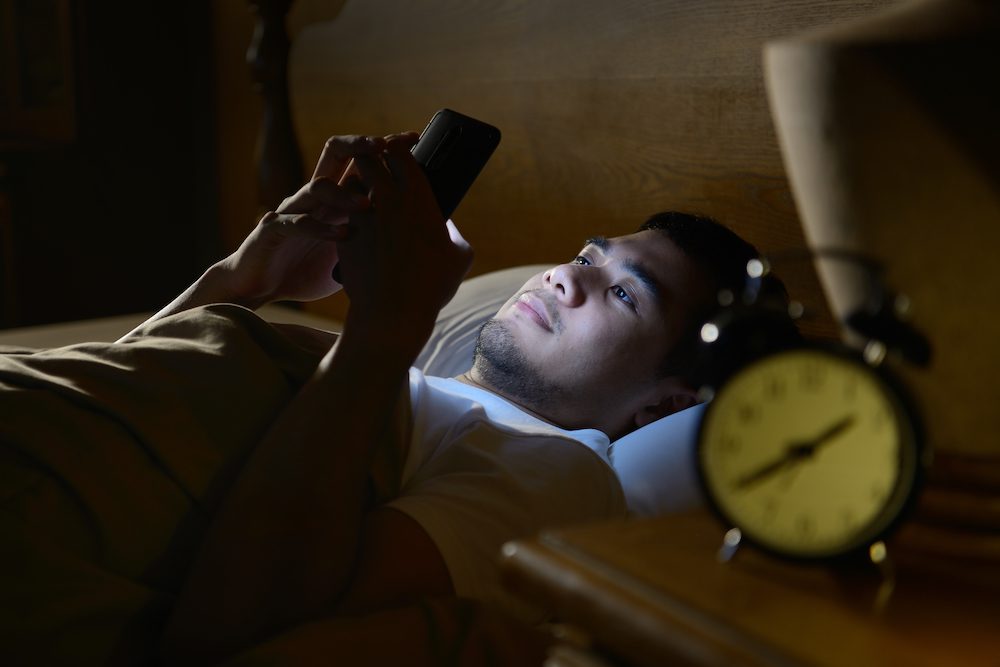For people with obstructive sleep apnea (OSA) or central sleep apnea (CSA), sleeping position has the potential to either aggravate or alleviate their symptoms. We discuss the effects of side, black, and stomach sleeping on sleep apnea and how to change your sleeping position, if you wish to do so.
Side Sleeping Position
Evidence suggests that for many people with sleep apnea, the side sleeping position is best. People tend to experience fewer and less severe breathing events in this position because it helps prevent the narrowing or collapse of throat tissues.
Sleeping on the right side may help reduce respiratory events, especially for people with moderate to severe cases of sleep apnea. However, people who struggle with swallowing air during continuous positive airway pressure (CPAP) therapy may be less likely to do so on their left sides.
Back Sleeping Position
Experts generally recommend that people with sleep apnea avoid back sleeping because in this position, gravity can cause the tongue to fall and block the throat. That said, doctors may recommend that some children with OSA sleep on their backs, as the causes of their sleep apnea are less likely to be affected by gravity.
If you have a strong preference for sleeping on your back or are unable to sleep in other positions, you may benefit from simply turning your head to one side. You can also try slightly elevating the head of your bed, which appears to improve sleep apnea symptoms.
Stomach Sleeping Position
Limited research suggests that, for people with obstructive sleep apnea, stomach sleeping in a face-down position may be even better at preventing airway collapse than side or back sleeping. That said, this position requires the use of a “prone pillow,” which has cutouts that allow face-down sleeping.
Even with a prone pillow, stomach sleeping may prove difficult for people who use CPAP machines. This position may increase the likelihood of CPAP mask leaks, and it may not be possible with certain mask types, such as full-face masks.
Additionally, stomach sleeping is not recommended for children with sleep apnea, as it may create pressure that prevents their lungs from fully inflating.
How to Change Your Sleeping Position
Training your body to sleep in a new position can be challenging, especially if you are also adjusting to using a CPAP machine. However, there are several steps you can take to help you make a change.
- Prioritize Comfort: If you are trying to sleep on your side, you may feel more comfortable if you hug a pillow and place a pillow between your knees. Also, be aware that your pillow and mattress preferences may change when you sleep in a new position.
- Use a Specialty Pillow: Some pillows are designed to facilitate side or stomach sleeping. There are also pillows designed to improve comfort and limit leaks during CPAP machine use.
- Prevent Back Sleeping: A number of products have been created to prevent sleepers from rolling onto their backs. These include vests, belts, and backpacks that place an obstruction, such as a fin or ball, on the back. You can also create your own sleep position trainer by sewing a tennis ball to the back of a pajama shirt.
- Try a Device: Several products have been designed to discourage back sleeping through the use of vibrations. Worn around the chest or neck, these devices vibrate when a person rolls on their back. They are intended to disrupt sleep less than other wearable products, though more research is needed to confirm their efficacy.
References
Get Your Sleep Questions Answered Live on 4/30
Have questions about sleep? Get all your sleep-related questions answered in a Live Q&A on YouTube with renowned sleep expert Dr. Michael Breus at 5 p.m. PST/8 p.m. EST.








